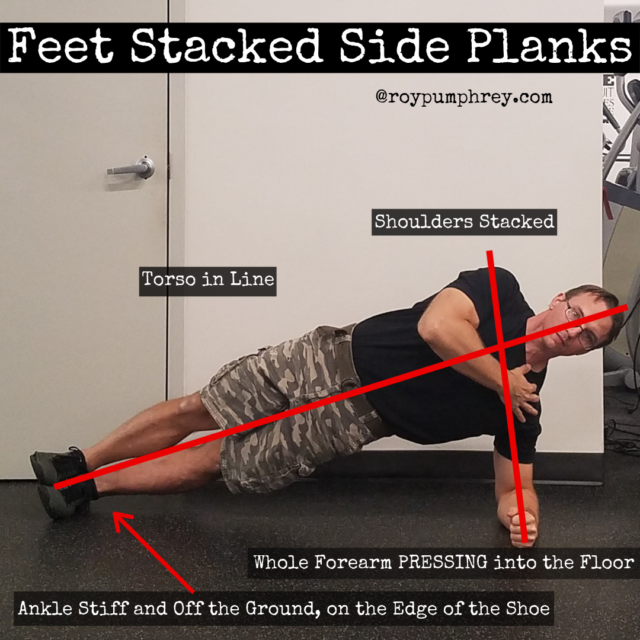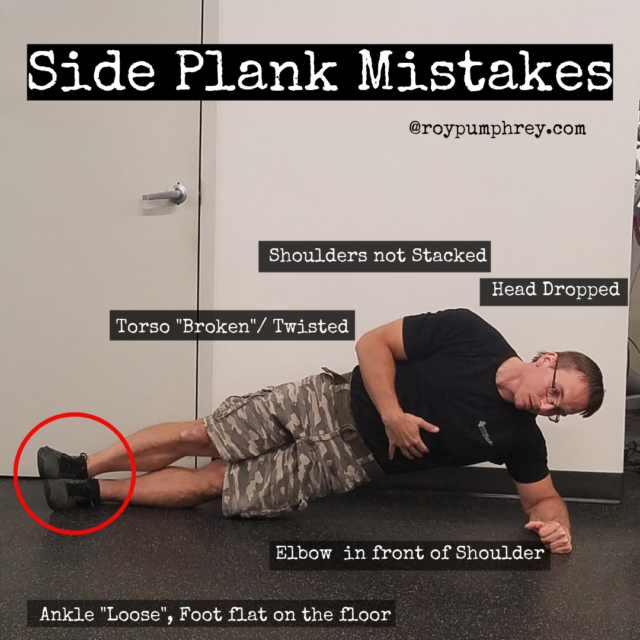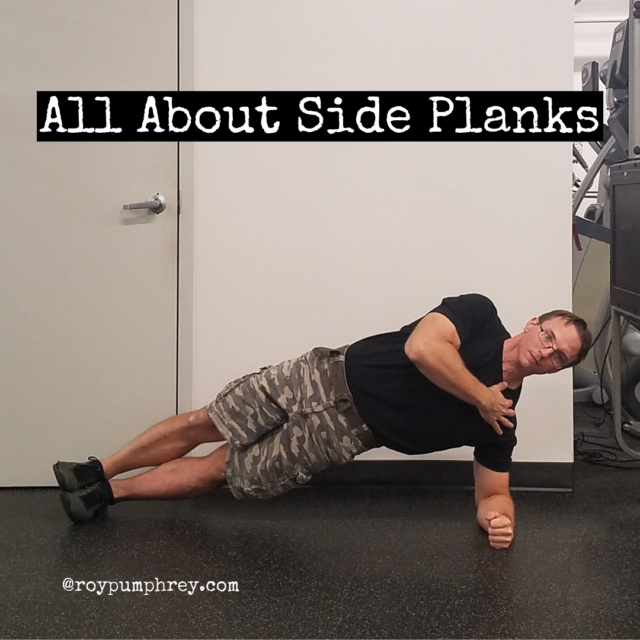I’m Pretty Partial to Obliques.
I think they’re pretty important.
Essentially, obliques “tie” the ribcage to the hip.
“Core abdominal musculature plays a critical role in nearly every baseball-related movement as it is heavily utilized for maintenance of posture, throwing, swinging, twisting, pivoting, running, and jumping activities. These muscles, especially the internal and external obliques, help transfer forces along the kinetic chain from the lower extremities to the upper extremities.” – Epidemiology and Impact of Abdominal Oblique Injuries in Major and Minor League Baseball
Anatomical Role of the Obliques
If you read an anatomy book it’ll tell you,
“Acting unilaterally it results in ipsilateral side flexion and contralateral rotation of the trunk”- Physiopedia
Flexion and Rotation of the Trunk.
That’s what the obliques do concentrically
What About Eccentrics and Pseudo-Isometrics?
Eccentrics: the lengthening or pseudo-isometric portion of the action.
Pseudo-isometric Contraction:
This is basically an eccentric contraction that if viewed from the naked eye looks like an isometric (no change in joint positions) but when looked at the cellular level you would see a lengthen of the muscle fibers.
Generally about 90% this change in length in pseudo-isometrics happens at the tendon.
Obliques in Eccentrics and Isometrics
Think of the trunk like a can of coke.
Now, take that can of coke and try to smash it on your forehead.
*Don’t do this, its not a good outcome, it doesn’t make you tough. It shows everyone you’re stupid.
But what if I put a crease in the can?
It collapses in on itself fairly easily.
That’s the role of the obliques.
Not just to CREATE flexion and rotation.
But, maybe more importantly, to create and maintain spinal rigidity by RESISTING flexion and rotation eccentric/ isometrically of the spine.
Side Plank
Side Planks are pretty awesome.
They’re pretty much the epitome of efficiency.
But they’re done wrong all the time.
People either choose a variation that is too advanced, or they set up wrong and the side plank loses it’s usefulness and becomes an exercise in futility.
So lets:
- Choose the correct side plank,
- For our ability level
- Target of training
- Set up and perform the exercise correctly
McGill vs. Feet Stacked Side Plank
Here’s the side plank debate in a nutshell.
Scissor feet (top foot to the front) or feet stacked.
I’ve heard Dr.McGill say feet split (top foot to the front) has a lesser spine load.
But I couldn’t find a reference.
However, he never says the feet stacked version is detrimental to the spine.
Just the load is slightly greater.
My take:
The top foot to the front seems to be easier on the low back for some and harder on the obliques for everyone.
Feet Stacked seems to be slightly harder on the low back, but also increases glute medius activation.
Side Plank: Feet Stacked

Checklist:
- Feet STACKED, top edge of the bottom foot remains in contact with the bottom edge of the top foot.
- Whole outside of bottom foot in contact with the floor
- Ankle STIFF and off the floor
- Shoulders stacked
- Bottom shoulder in the socket, elbow DIRECTLY under the shoulder joint.
- Press the hips up until the spine is NEUTRAL (low back too)

Bro Tips:
- Keep the head on straight, don’t sag, or bend.
- Press the WHOLE forearm into the ground.
- Press the bottom shoulder down “into the floor” instead of allowing the humerus to jam up into it.
Side Plank: Feet Split
This version is probably better known as the McGill Side plank.
It’s the same exact set up except the top leg is brought to the front.
Bro Tip:
- Keep that damn top leg ankle STIFF and pressure on the inside edge of the foot.
- One of the reasons Dr. McGill likes the feet split version is because you can train rotational spine stiffness by moving from a side plank to the front plank and back with this setup.
Regression:
Side Plank: On Knees
Progression:
Is really easy, maintain the basics of the movement while challenging the base of support, adding movement or instability.
Suitcase carries, in general, *when done correctly, are just moving planks.
*super torso stiffness
Superstiffness, Not a Marathon
The key side planks, like all core training is NOT have a marathon hold session.
TENSION
SUPER STIFFNESS
that’s the goal of core training.
Dr. McGill actually recommends performing repeated holds of 10’s instead of marathon holds.
“There’s no utility to this kind of activity other than claiming a record.” Instead, he recommends holding the position for shorter intervals of just 10 seconds three times. “Basically holding repeated holds of 10 seconds is best for the average person,” he said. – Business Insider
That said, I DO think there is utility in longer side planks but any set lasting more than minute, is probably too much.
If the level of difficulty is correct, I think you’re be better off increasing the challenge (decreased base of support, increased instability, increased load).



